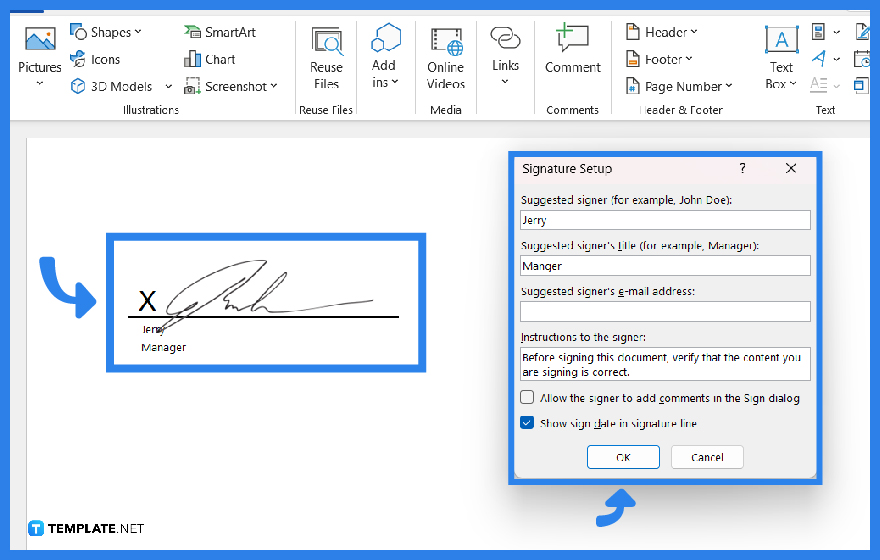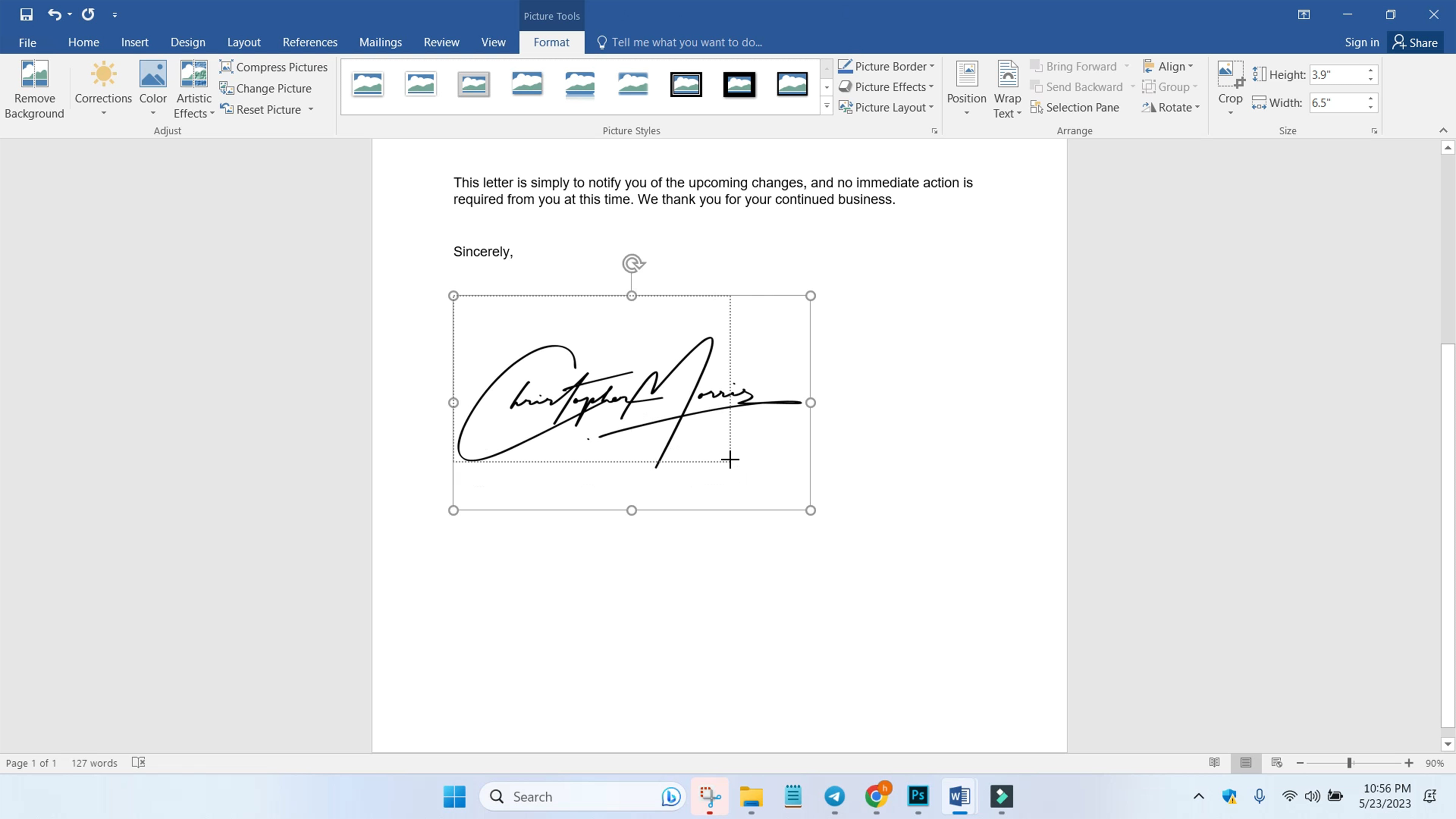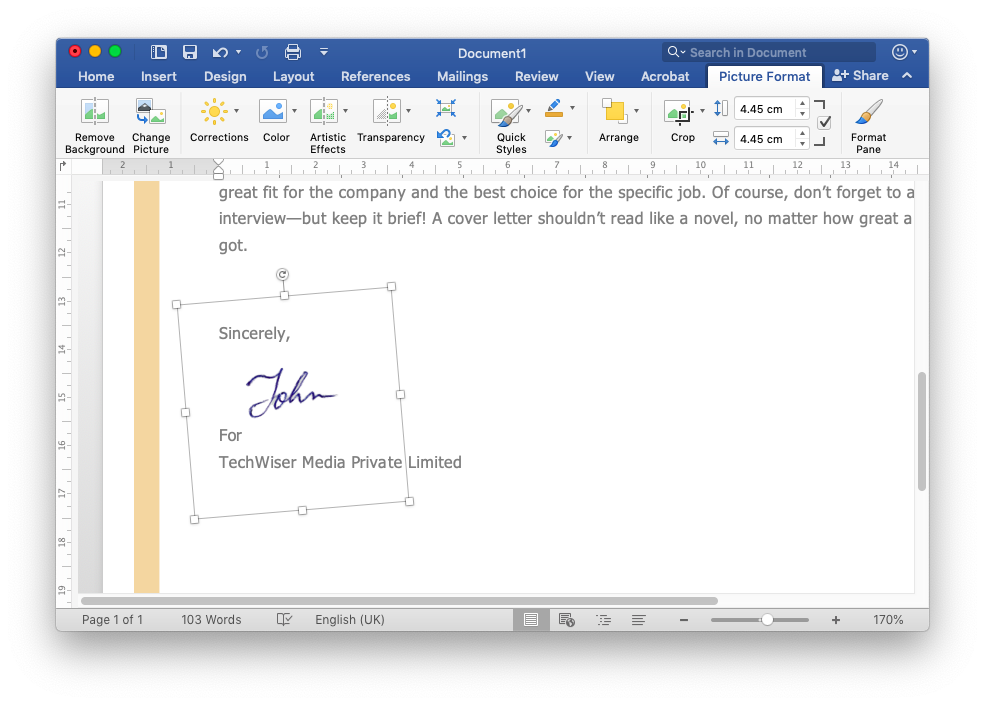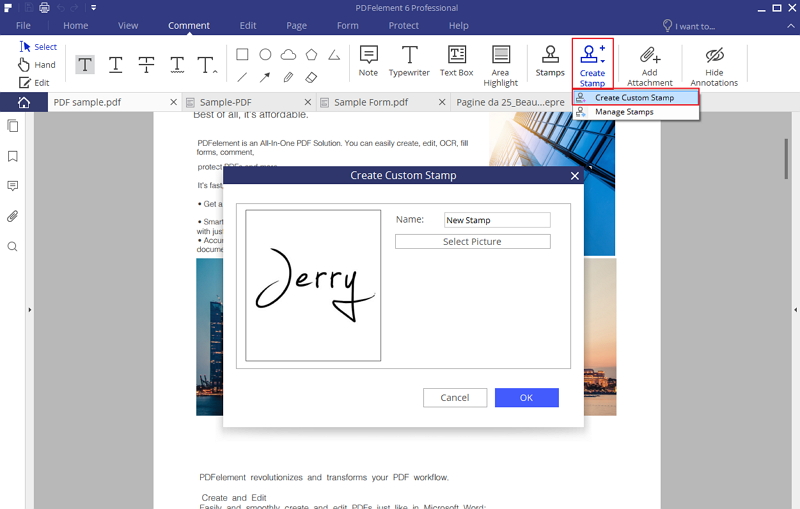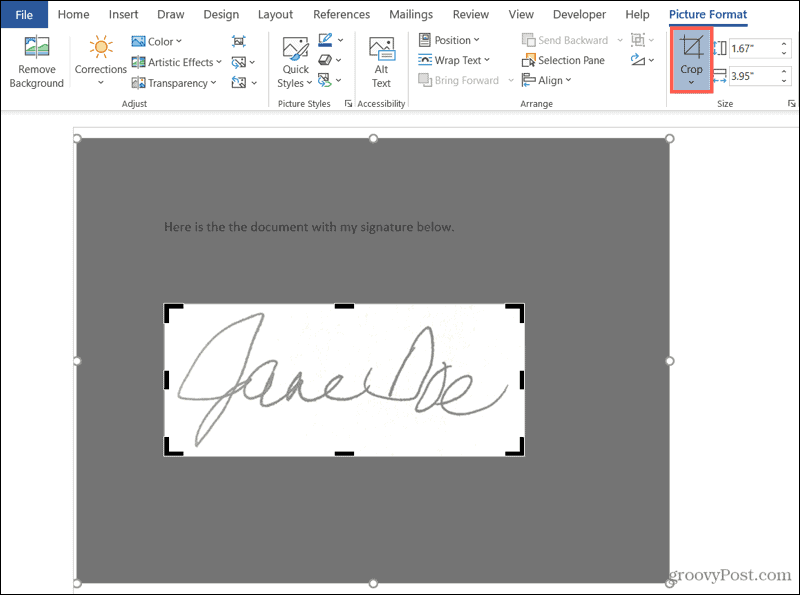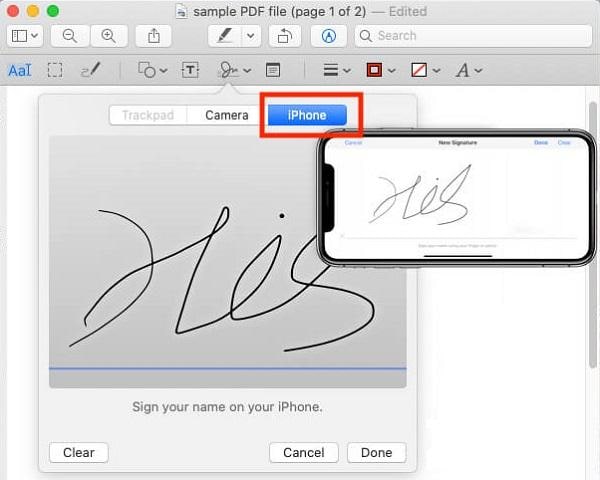How To Attach My Signature To A Document

Imagine a world where your word is truly your bond, sealed not just with a handshake but with a distinct mark that represents you. In this increasingly digital age, that mark is often your signature, a unique identifier needed for everything from signing contracts to approving important documents. But how do you actually *attach* that signature in a way that's secure and legally sound?
This guide will walk you through the process of adding your signature to a document, whether you're dealing with a physical paper or navigating the digital realm. We'll explore various methods, from the traditional pen-and-paper approach to the latest e-signature technologies, ensuring you can confidently and securely affix your name where it needs to be.
The Enduring Power of Ink: Physical Signatures
For generations, the pen has been mightier than the sword, at least when it comes to signing documents. While digital options are rapidly gaining popularity, the physical signature retains a certain gravitas, especially for formal agreements and legal paperwork.
First, ensure you have the correct document in hand. Read it carefully before even thinking about signing. Understand your obligations, rights, and any potential consequences.
The Art of the Perfect Signature
Use a reliable pen with ink that won't smudge or fade easily. Ballpoint pens are often preferred for their consistency, but gel pens can add a touch of flair. Most importantly, sign within the designated area, typically indicated by a line or box.
Signatures need to be legible and consistent for legal verification. Avoid scribbles or excessively stylized fonts that could be misinterpreted. Keep it simple and representative of your usual signature.
Always keep a copy of the signed document for your records. This is good practice, and can save you time later.
Entering the Digital Age: Electronic Signatures
Electronic signatures, or e-signatures, are the digital equivalent of a handwritten signature. They are legally binding in most jurisdictions, offering a convenient and efficient way to sign documents remotely.
The Electronic Signatures in Global and National Commerce Act (ESIGN Act) in the United States, for example, gives e-signatures the same legal weight as traditional signatures.
Navigating the E-Signature Landscape
Several platforms facilitate e-signatures, each with its own features and security protocols. DocuSign and Adobe Sign are two of the most popular options, offering user-friendly interfaces and robust security measures. These services often comply with industry standards like SOC 2 Type II, showing their dedication to data security.
When choosing an e-signature platform, consider its security features, ease of use, and compliance with relevant regulations. Look for features like audit trails, identity verification, and encryption to ensure the integrity of your signature.
Typically, you'll upload your document to the platform, indicate where you want to sign, and then use your mouse or a stylus to create your signature. Some platforms also allow you to upload a scanned image of your handwritten signature.
Security Best Practices
Protecting your digital identity is paramount. Use strong passwords and enable two-factor authentication on your e-signature platform. Avoid signing documents on public Wi-Fi networks unless you're using a VPN.
Before signing any document electronically, carefully review its contents. Ensure that you understand the terms and conditions, and that the document is authentic.
If you're unsure about the legitimacy of a document or an e-signature request, contact the sender directly to verify its authenticity. Better to be safe than sorry.
The Future of Signatures: Blockchain and Beyond
As technology continues to evolve, so too will the methods of attaching signatures to documents. Blockchain technology, for example, offers the potential for highly secure and verifiable digital signatures.
While still in its early stages, blockchain-based signatures could provide an immutable record of the signing process, making it virtually impossible to tamper with signed documents. The possibilities are truly exciting.
Ultimately, attaching your signature to a document is about more than just making a mark. It's about signifying your agreement, commitment, and responsibility. So choose your method wisely, prioritize security, and always, always read the fine print.
